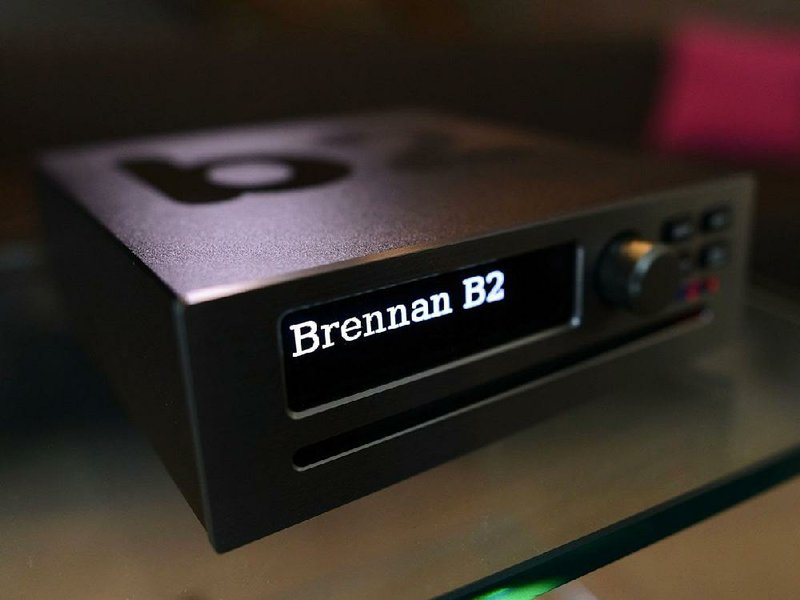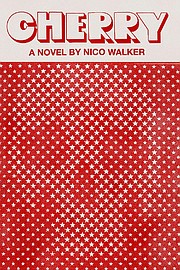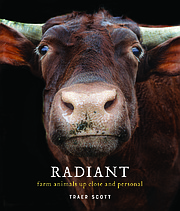I'm not sure what to make of HBO's Sharp Objects; I was distracted by the stereo system Alan Crellin (Henry Czerny) used to insulate himself from all the icky creepiness going on elsewhere in his Victorian mansion.
I considered writing a piece about the sound system, but when researching it I found out someone already had. Clicking on the first listing in a Google search brought me to Jack McHenry's story on Vulture.com (read it at tinyurl.com/yav4s7rx).
McHenry told me just about everything I wanted to know about the system. The director of the series, Jean-Marc Vallee, told him the character was using "the ultimate audiophile system on the market," consisting of amplifiers and preamps from a French-Canadian company called Simaudio. (Go to simaudio.com/en/.)
"According to Simaudio," McHenry writes, "the 'MOON' setup that appears on Sharp Objects includes: a 430HAD, headphone amp (estimated price $4,300), a 740P stereo preamp ($9,000), a 810LP phono preamp ($13,000), a 650D CD player ($9,000), and two 880M monobloc power amps ($22,500 each). Alan also has a VPI turntable ($4,000) with an Ortofon cartridge ($1,000) for his vinyl collection."
McHenry later updated his story to reflect that the Sharp Objects setup also includes "a Ultrasone-Tribute 7 headset ($3,000) and two Dynaudio C4 platinum speakers ($12,000 each), which means the total comes to more than $112,000, plus all the money he had to spend on cables."
And cables aren't cheap.
. . .
Maybe I don't feel so bad about my latest piece of audio gear, a Brennan B2, which combines the features of a CD player, amplifier, computer and media server. The top-of-the-line Brennan, available through amazon.com (Brennan is a British company and maintains its own website, but the company generally directs U.S. consumers to its amazon.com shop) runs about $680. Which means very few people are likely to find it practical, even though I do.
As I've written before, I have a massive music collection, made up mostly of about 15,000 CDs converted to lossless digital files over the years. And in 2017, after a couple of years spent procrastinating, I donated the bulk of that CD collection, leaving me with a handful of discs and a four-terabyte hard drive containing those files. (Nerd that I am, I have the whole collection backed up on another four-terabyte hard drive, but that's beside the point.)
You can make the case that no one needs these files because the vast majority of what gets played in my house is available on Apple Music, Spotify or other digital service. But there are still hundreds of tracks I've acquired that aren't available on these services, and I still like owning things, even if I am weaning myself off the need to hold a physical object in my hand.
And while I like the idea of music streaming throughout the house, the vagaries of Wi-Fi (and so far there is simply no reliable Internet provider available to my neighborhood; we have a choice between faster but less reliable and slower and more reliable) and the relatively complicated process of using a computer to play music means that I have become our household's only DJ.
Karen simply won't use iTunes to play music via Airplay. I don't think she has ever used Spotify. She used to use the music channels on our television, but now that we've cut the cable/Dish cord, her only option is a Bose Wave CD player. And as I've pointed out, our physical CD library is now very limited. (And the Bose won't play home-burned CDs and rejects most studio-provided promo copies.)
Which brings me to the B2, which is not only a high-quality CD player with a built-in 15-watt amplifier, but it comes with a two-terabyte hard drive onto which you can rip CDs and transfer digital files. It's a digital jukebox that will hold about 5,000 CDs on its internal drive. Just connect speakers (powered or not, wired or Bluetooth) and you're good. You don't have to worry about the Wi-Fi cutting out, and while it takes a minute to figure out the Brennan's remote control, it's a straightforward process to dial up the artist and disc you want to play.
The B2 also connects to Wi-Fi, which allows you to upload files wirelessly from iTunes although it won't accept the DRM files downloaded from the Apple Store. But there are simple ways around this, and if you know that DRM stands for "digital rights management" you probably know what they are. The B2 stores files newly ripped from CD in the FLAC format, which means they're essentially the same quality as the original, but it will receive transferred files in WAV, AIFF or MP3 formats. Which means anything you've ripped into iTunes should be compatible with the B2.
You can also upload files to the B2 via SD cards and hard drives and USB flash drives, though I haven't tried those methods yet. As a test, I backed up the files I have loaded on the B2 onto a hard drive, and that worked perfectly.
While I'll continue to make use of my Mac-based music library and streaming services, the B2 looks like it will serve a specific but important role in our house. It's a relatively simple, quick way to play music without worrying about whether the Wi-Fi is steady enough to hold onto all the speakers. While you can access and control it via your web browser, the interface is a bit glitchy (R.E.M.'s Green shows up under a variety of artists). That's not the point. I just want a back-to-the future box that's simple to use.
It doesn't hurt that the B2 would look right at home alongside Alan Crellin's components.
. . .
I started reading Nico Walker's Cherry (Knopf, $26.95) before it became a sensation, simply because it's set in Cleveland, Karen's hometown, and I recognized some of the neighborhoods and street names. And I'd already decided -- based on the advice of Kevin Brockmeier, who wrote a blurb for its cover -- to read Stephen Markley's Ohio (Simon & Schuster, $27) another book set in the 21st century about druggy bored youth.
A lot of people are saying great things about Cherry, and while I agree with most of them, I wonder if it's possible to divorce the art from the artist. A lot of people are excited about Cherry because the author is serving a prison sentence for doing things like what's described in the book. I'd be more impressed if the writer was nothing at all like the character described in the book.
Not because it's not good -- it is -- it's just that while Walker's story is terrifically interesting and instructive (my favorite part of the book is the acknowledgments section at the back, which should not be skipped over), I am disheartened by the suggestion that artistic authenticity has much to do with the artist living his art.
William S. Burroughs' junkie-hood is not what made him a transcendent writer; his problems were problems that hindered his ability. Nico Walker isn't a jailbird writer -- he's a writer.
And I hope he has more books in him that aren't autobiographical, and that aren't written in prison.
. . .
Finally, a recommendation.
Photographer Traer Scott's Radiant: Farm Animals Up Close and Personal (Princeton University Press, $24.95) is a remarkably soulful book of portraits of the beasts we normally take for granted -- or try not to look at too hard. Scott, who has previously created books on shelter dogs, raptors and nocturnal creatures, has assembled a simple and beautiful book of the visages of cows, pigs, sheep, chickens and more exotic animals (a yak, a miniature donkey, as Indian peafowl) that live on farms or as pets.
It's a simple thing, the best coffee table book I've seen this year.
Email:
pmartin@arkansasonline.com
blooddirtangels.com
Style on 09/09/2018


